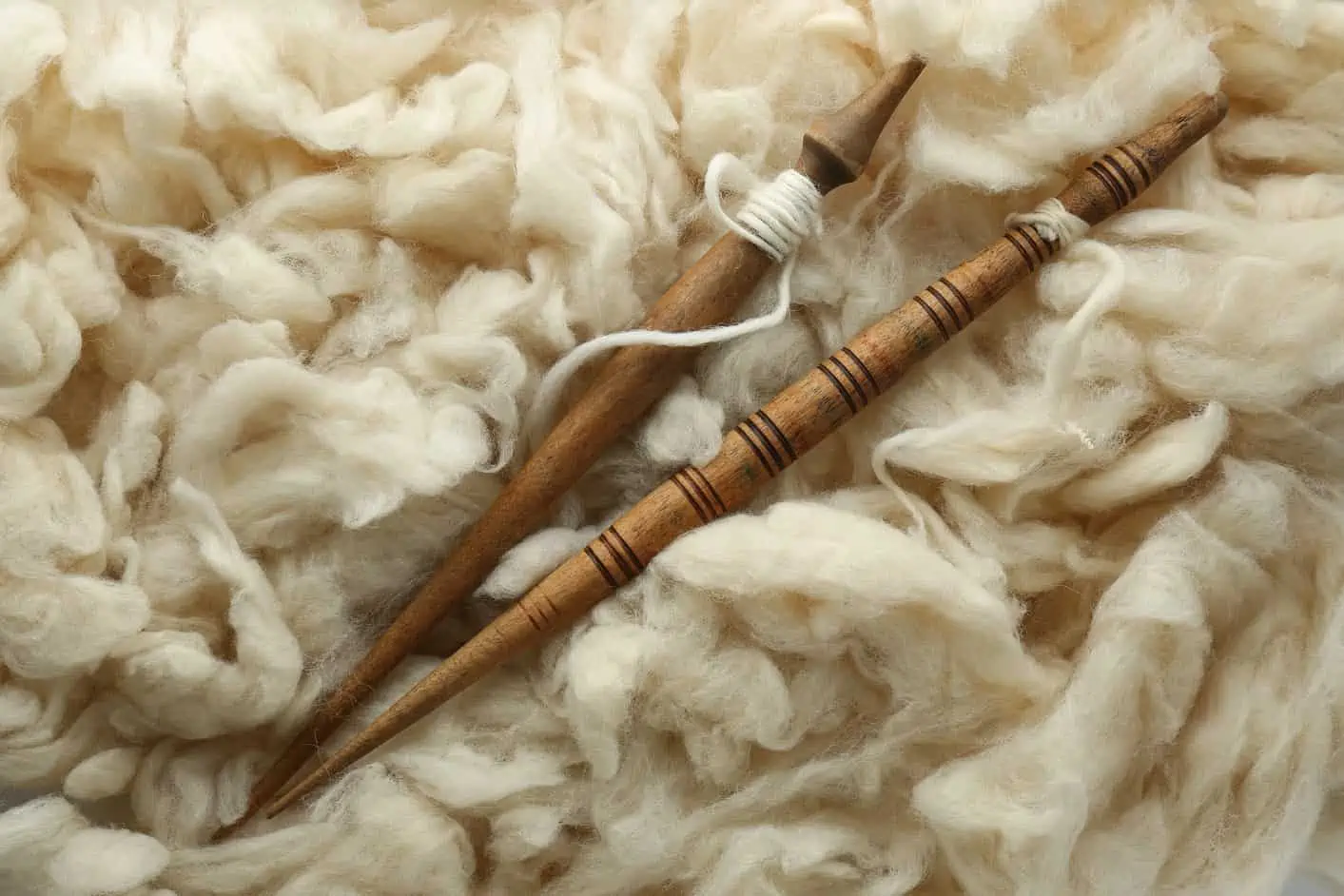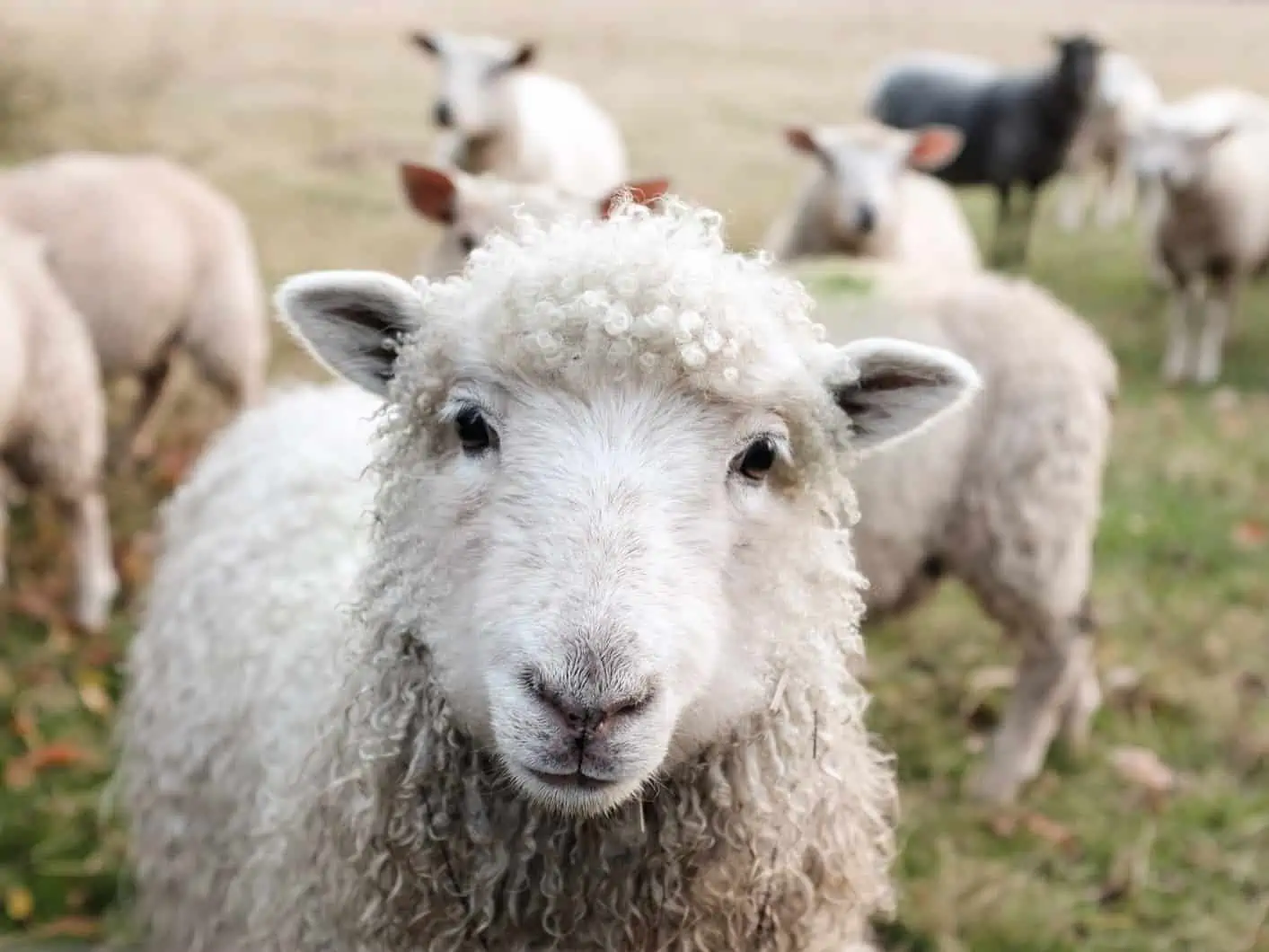
Whether furnishing your home or updating your wardrobe, choosing fibres that are kind to the planet as well as your skin and wallet is no doubt important.
Going eco-friendly with the fibres you come into contact with every day unlocks a long list of benefits. By choosing natural fibres over man-made materials you’ll reduce your carbon footprint, save energy and resources, and improve your health. Eco-friendly materials are also more durable, reusable and recyclable, which means they’re win-wins for everyone!
Wool is the holy grail of sustainable materials, here we explore how with five eco-friendly facts you didn’t know about your favourite woolly wonders.
1. It’s natural and biodegradable
Whether sourcing your wool from alpaca or sheep, you can rest assured that it’s the most natural fibre around. In fact, of all the fibres, natural and man-made, wool comes out on top.
Its all-natural, organic status means it solves a very widespread global waste problem. Non-biodegradable waste – that can’t be broken down naturally by organisms – is a major issue for the planet. It causes masses of pollution and could even stay on the planet for hundreds if not thousands of years without any degradation or decomposition.
In comparison, biodegradable fibres like wool take just months to degrade. The process causes no environmental damage and instead gives something back to the planet as this guide from The Woolmark Company details:
“On burial in soil, wool becomes a slow-release fertiliser providing nutrients for uptake and growth by other organisms. Some have even used wool fertiliser to foster herb and vegetable growth. This is known as natural closed-loop recycling; restoring the initial inputs of soil and grass. Other beneficial effects of adding wool to soils include enhanced water holding capacity, improved water infiltration, soil aeration and reduced erosion.”
2. It’s completely renewable
Wool is a powerfully renewable resource. Sheep and alpaca continue to grow wool throughout their life cycles, and have to be sheared regularly as a result. The sheared fleeces are then used for textiles, with the sheep or alpaca able to regrow their coats to protect them from the weather, before the cycle starts all over again.
3. It helps to conserve energy and water
Even when compared with other natural fibres, wool beats them all, and this is especially true when it comes to energy and water conservation.
Wool production uses 70% less water than cotton according to this research. The same findings reveal that creating 100 wool jumpers uses 18% less energy than manufacturing the same amount of polyester alternatives.
4. It contains zero microplastics
Microplastics are a plague on our oceans. Their presence threatens marine life and negatively impacts human health, with the tiny plastic particles infiltrating our shores, freshwater sources, seas, oceans, and even our homes.
Synthetic materials – like nylon, polyester, acrylic, and polypropylene – contain microplastics in abundance, but it’s a very different story for wool.
As well as containing zero microplastics, the biodegradable nature of wool means both machine-washable and untreated garments can fully decompose quickly in seawater, without releasing any harmful microplastics into the environment.
5. It’s ethical too
Both ourselves and the producers we partner with to bring you our cosy creations take the welfare of the amazing creatures that produce our wool extremely seriously. Our high animal welfare standards are non-negotiable, which makes our products ethical, sustainable and kind to all.
Explore just five of the ethical fibres we use to create our pieces and the marvellous animals that produce them right here.
Image: New Africa / Shutterstock.com
